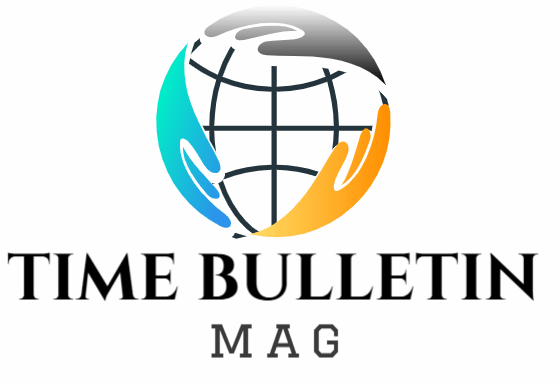Podcasting has become an increasingly popular medium for sharing ideas, connecting with audiences, and expressing creativity. One of the key elements to a successful podcast is having high-quality sound equipment, particularly a microphone that can capture clear and crisp audio. With so many options available on the market, choosing the perfect microphone for podcasting can be a daunting task. In this ultimate guide, we will walk you through the key factors to consider when selecting a microphone for your podcasting needs.
The first thing to consider when choosing a microphone for podcasting is the type of microphone you need. There are several types of microphones commonly used in podcasting, including dynamic, condenser, and ribbon microphones. Dynamic microphones are durable and versatile, making them a popular choice for podcasters who need a microphone that can handle a variety of recording environments. Condenser microphones, on the other hand, are known for their sensitivity and clarity, making them ideal for capturing subtle nuances in vocals and instruments. Ribbon microphones are often used for their warm and vintage sound, making them a popular choice for podcasters looking to add a unique and nostalgic touch to their recordings.
The next factor to consider when choosing a microphone for podcasting is the polar pattern of the microphone. The polar pattern of a microphone determines how it picks up sound from different directions. Common polar patterns include cardioid, omnidirectional, and bi-directional. Cardioid microphones are the most popular choice for podcasting, as they pick up sound primarily from the front of the microphone while rejecting noise from the sides and rear. Omnidirectional microphones pick up sound from all directions, making them a good choice for recording multiple speakers in a room. Bi-directional microphones pick up sound from the front and rear of the microphone, making them ideal for recording interviews or conversations between two people.
Another important factor to consider when choosing a microphone for podcasting is the frequency response of the microphone. The frequency response of a microphone determines how it captures different frequencies of sound, ranging from low to high. A microphone with a flat frequency response is ideal for podcasting, as it can capture a wide range of frequencies without adding coloration or distortion to the sound. Microphones with a tailored frequency response can be useful for emphasizing certain frequencies, such as the bass or treble frequencies in vocals.
In conclusion, choosing the perfect microphone for podcasting requires careful consideration of the microphone type, polar pattern, and frequency response. By selecting a microphone that suits your recording needs and preferences, you can ensure that your podcast sounds professional and engaging to your listeners. Remember to invest in high quality sound equipment to achieve the best results in your podcasting endeavors.
For more information visit:
1620 Audio
https://www.1620audio.com/
Springfield Road 81
Introducing 1620 Audio, a new Blackstaff Mill recording studio.
Our work will focus on recording, mixing and mastering for all your new tracks but we will also be offering session work and composition as part of our services as well as our brand new professional video podcast studio.
Step into a world of immersive storytelling and captivating audio experiences with 1620audio.com. Let your imagination run wild as you listen to our collection of original podcasts, audiobooks, and more. Are you ready to embark on a sonic adventure like never before? Dive in and discover a whole new way to experience the power of sound.


